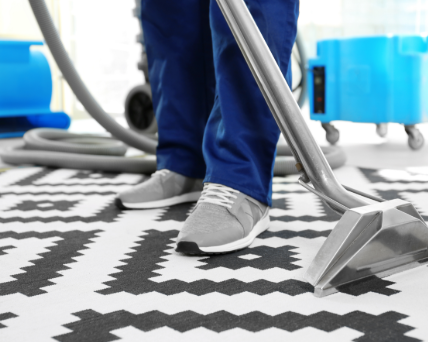 Decide if You Should DIY It
Decide if You Should DIY It Before you begin, evaluate your mat. Classical carpets, Persian mats, and other fragile pieces ought to be left to the experts. These sorts of carpets are costly to supplant, so it pays to put resources into their consideration to keep them fit as a fiddle. Carpets should possibly be cleaned when they are obviously grimy or have a scent.
Devices
Mat cleanser (or mellow dish cleanser)
Container
Delicate fiber brush or wipe
Water
Discretionary:
Elastic gloves
Nursery hose
Wet-Dry vacuum
Evacuate Dirt and Debris
Vacuum on the mat the two sides. On the off chance that you have pets, utilize the brush connection to get any stray hairs.
Blend Your Cleaner
In the event that you acquired a carpet cleanser, pursue the headings on the jug for blending. You can likewise utilize mellow dish cleanser blended in a can with warm water. Try not to utilize heated water as it can recoil the carpet or cause blurring.
Do a Color Test
Before you start scouring, ensure the cleaner doesn't make the hues run. Test the arrangement on the side of the mat to ensure it is colorfast. In the event that the shading doesn't drain, it's sheltered to proceed onward to the subsequent stage.
Wash the carpet
Utilizing a wipe or delicate fiber brush, work the cleaning arrangement into a foam on the carpet. Give the cleaner a chance to sit on the mat for a couple of minutes before washing.
Wash the carpet
Wash the cleanser out of the carpet utilizing a nursery hose or pails of clean water. Ensure all the cleaning arrangement is expelled from the carpet and the overflow water is clear.
Evacuate Excess Water
Now, you'll need to dispose of as much abundance water in the carpet as you can so it will dry quicker. You can utilize a wet-dry vacuum in the event that you have one, or utilize a squeegee toward the snooze.
Allow the To mat Dry
Lay the carpet level and permit to the top to dry totally. Flip over to let the base side dry. Fans can help accelerate the procedure. Ensure the mat is completely dry before you return it to the room.





